Allgemeine SS M33 Service Dagger with Himmler Dedication
SKU: 50.GOR.02.04.01.01.02.003
Estimated market value:
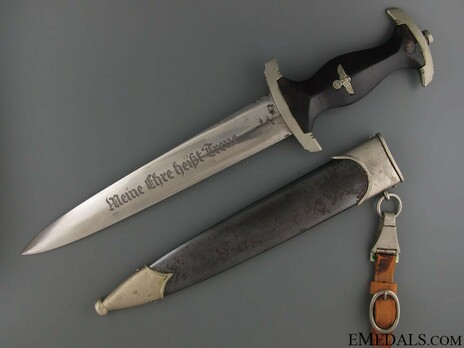
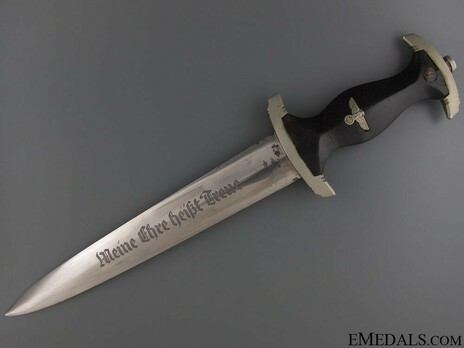
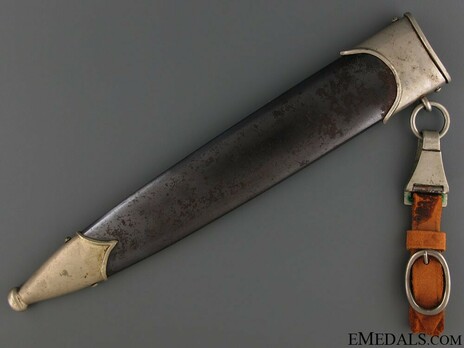
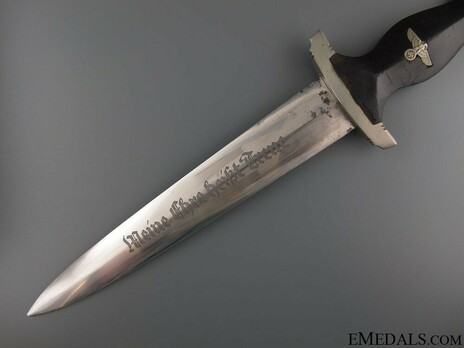
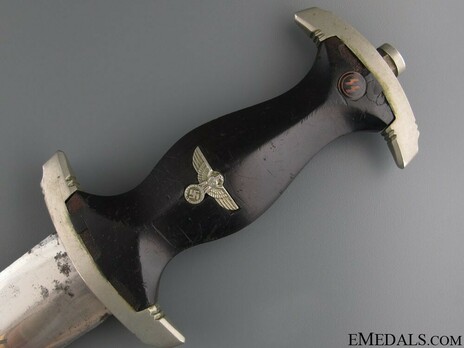
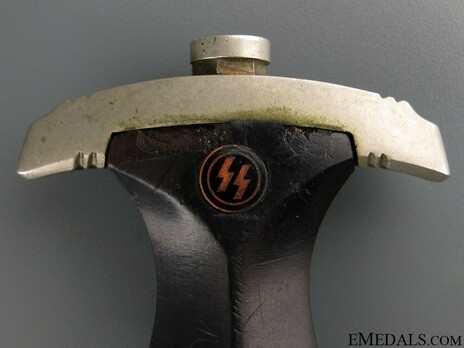
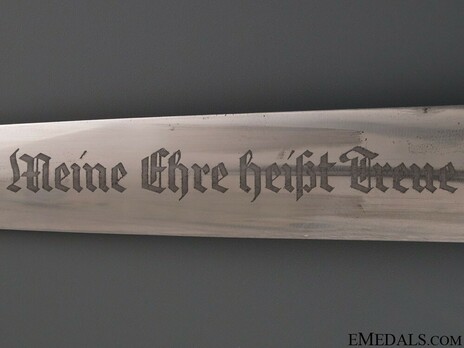
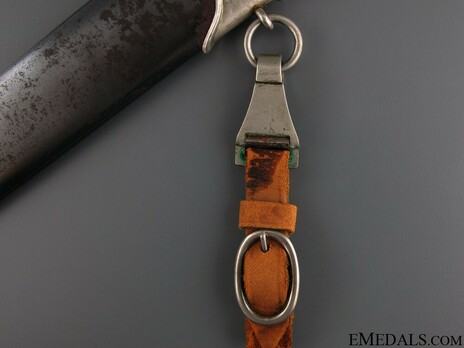
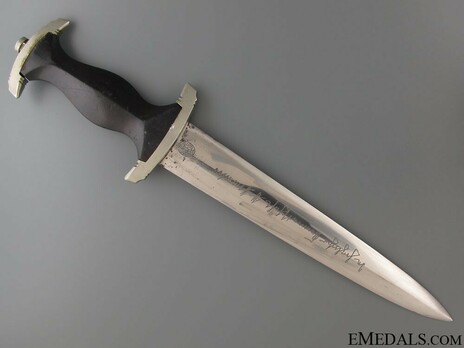
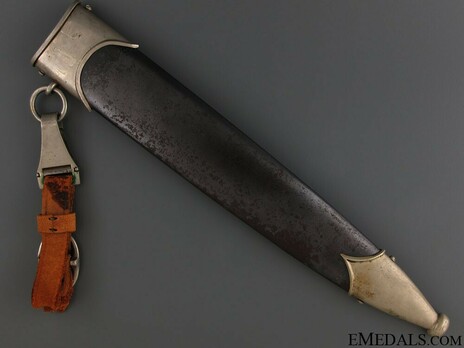
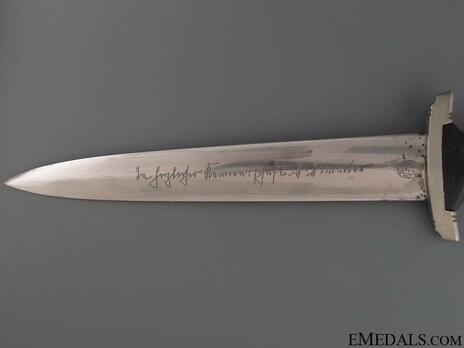
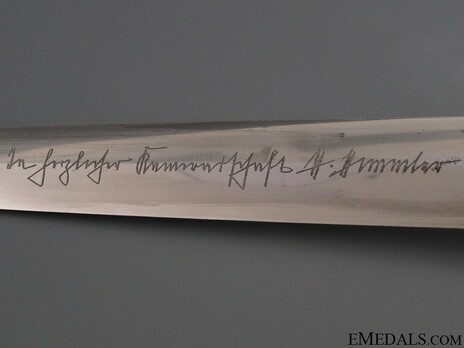
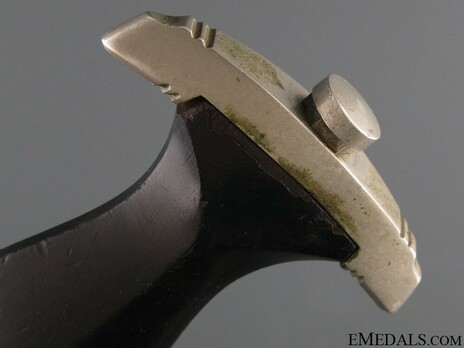
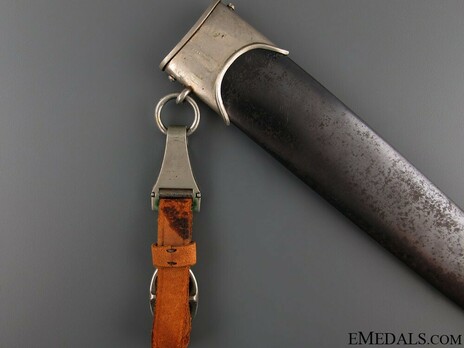
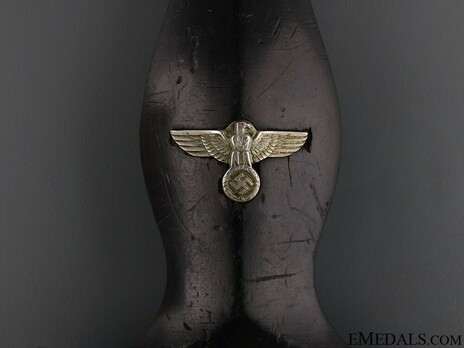
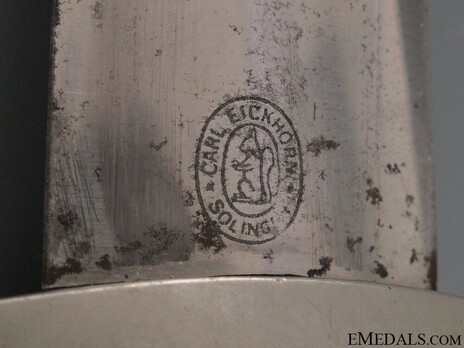
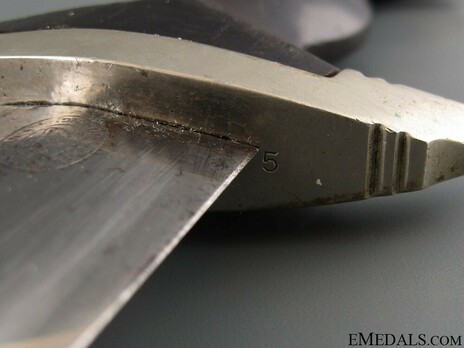
Estimated market value:
Attributes
History
Introduction
The first model of the SS Service Dagger was designed and approved alongside the very similar SA dagger in the second half of 1933. However, it first became available for purchase in early 1934. The official order that introduced both the SS and SA daggers was signed on December 15, 1933.
The right to wear an SS dagger was granted upon induction into the SS.
The dagger was worn by Officers, Non-Commissioned Officers (NCOs) and Enlisted Men (EMs) alike in both the Allgemeine SS and later the Waffen-SS.
Officers had to purchase theirs. If they were financially unable to do so, they were given a loan, which would then be paid back in instalments. If NCOs and EMs had the financial means, they were allowed to purchase their own dagger. If not, however, SS units kept a small contingent of daggers for this scenario. These daggers were borrowed by those men who couldn’t afford a dagger of their own and had to be returned eventually.
Daggers could not be purchased in regular retail stores, but had to be ordered through official channels that were controlled by the RZM (Reichszeugmeisterei = national quartermaster’s office).
Some daggers are personalised. An example would be the stamping of the wearer’s SS identification number somewhere on the dagger, often the crossguard. Some daggers were dedicated by a friend or the men of a commander’s unit. Some have other interesting markings, for example the names of the SS Sports School Fürth or the SS Junker (officer candidate) Schools Bad Tölz and Braunschweig.
On incredibly rare occasions, personalised daggers (that are not Damascus-Bladed Honour Daggers) will feature a Damascus-style weld patterned blade.
Appearance
The upper and lower crossguard used on the hilt of early M33 daggers were cast. The same is true for the tang nut. They were made of what is known as nickel-silver, German silver, or alpaca, which is an alloy that actually doesn’t contain any silver at all, but copper, nickel, and zinc.
Some crossguards received a chrome finish. By 1936, to accommodate the need to supply a growing SS force, some methods to cut cost and labour were introduced, resulting in overall lower quality production. Crossguards were now often made via injection molding, using light weight pot metal, zinc, or aluminum, sometimes lightly nickel-plated to appear to have been made of superior materials.
The reverse of the lower crossguard may carry a Roman numeral, either I, II, or III, which may identify a distribution area. I is the most common, followed by III, while II is quite rare.
They may have been applied by the RZM. Some crossguards are stamped with Arabic numerals, but their purpose is unknown (except on dedicated daggers, see specific products for more information).
Another part of the dagger that was made of nickel-silver is the scabbard fittings, being stamped from metal sheets. Some scabbard fittings received a chrome finish. Later scabbard fittings were made of just nickel to keep production costs lower.
The scabbard’s throat contains an inner sleeve to retain the spring scabbard liner/runners. Early sleeves were made of nickel-silver, while later ones were made of steel. Early runners were made of brass, while later runners were often made of aluminum.
The scabbards were made of different materials, usually steel, however, some very early examples were made of brass.
Early scabbards were chemically blued and then lacquered to achieve their colour. However, this process was time-consuming, so later scabbards were instead spray-painted black. The blued scabbards also did not hold their finish very well even during the short period of the Third Reich, and so today they are often found with partial loss of their colour. Some were painted over in black in the 1930s or 40s. Intact blued scabbards are rarely found today.
Some companies used up stocks of blued scabbards well into the late 1930s, so that late M33 daggers, as well as M36 daggers, can sometimes be found with them.
The grip is made from wood that has been dyed black. The obverse contains a button featuring the SS runes at the top and a national eagle emblem with a swastika in the centre.
The blade is forged from steel. Very high quality materials were used with the earliest daggers, but progressively the quality declined. All SS daggers have the organisation’s motto, “Meine Ehre heißt Treue” (my honour is loyalty) in Gothic letters acid-etched onto the obverse blade. A somewhat rare variation is an additional exclamation mark after the motto. The maker’s mark and RZM code on the reverse of the blade were applied in the same way.
Makers
Almost all companies producing SS daggers were situated in the city of Solingen, where traditionally all sorts of knives and blades were manufactured. Solingen has therefore been nicknamed the “city of blades”.
Early daggers feature the manufacturing company’s logo as a maker mark on the reverse blade, just under the cross guard. At some point, the RZM introduced individual codes for each company to use instead of their maker marks. Initially after this change, some companies would double mark their daggers with the RZM code and their company logo, but this practice was forbidden at some point and didn’t occur anymore, certainly not after 1940.
While there are some exceptions to this rule, in general an RZM code would be of the following pattern: RZM logo - 1164/38 SS, with the number part differing for each manufacturer and the two digits after the stroke standing for the year of production. Since an official period list of all codes has not been found, the holders of several codes are still unknown. A list of known manufacturers’ codes can be found in Thomas T. Wittmann’s “Exploring the Dress Daggers and Swords of the German SS”, page 162.
Most early M33 daggers available today were produced by the following makers: Carl Eickhorn; Richard Abraham Herder; Heinrich Böker; Robert Klaas.
Less common are: Gottlieb Hammesfahr; Ernst Pack & Söhne; Carl Bertram Reinhard & Sohn; as well as these yet to be identified makers that are only known by their RZM codes: RZM 120/34 SS; RZM 121/23 SS; SS 188/35 RZM.
Producers that are rarely encountered today are: Artur Schüttelhöfer (ASSO); Jacobs & Co.; Eduard Gembruch; Friedrich Herder A. S.
Extremely rare are daggers by: Weyersberg, Kirschbaum & Cie. (WKC); F. W. Backhaus; Lauterjung & Sohn (Puma); Carl Julius Krebs; Wilhelm Kober (situated in Suhl); Klittermann & Moog; Louis Perlmann (Louper).
This list of makers is not a definitive one and may be added to in the future.
A few days after the Night of the Long Knives (June 30 to July 2, 1934), Himmler announced the awarding of an honour dagger with a dedication by himself. This variety of SS dagger was very similar to the Röhm Dedication dagger. The inscription on the reverse blade still reads “In herzlicher Kameradschaft” (in heartfelt comradery), only in this case this is followed by “H. Himmler”.
An estimated 2,500 of these daggers were awarded. There are no known award criteria. Recipients were personally chosen by Himmler among those of his followers who had shown the greatest loyalty. This included, in some cases, those that were active in the purge that was the Knight of the Long Knives.
The Himmler Dedication dagger was exclusively manufactured by the company of Carl Eickhorn. Since they were personal gifts by Himmler, no serial numbers whatsoever were stamped on the lower crossguard, as is the case with many regular SS daggers.
The scabbards of these dedicated daggers were chemically blued. Most found today have retained much or all of their colour, despite this method being prone to rapid fading of the colour. This is either due to either extra lacquering to protect the blueing, or because most of these daggers probably weren’t worn very often by their recipients.

Versions
$14,000 USD
Obv: MEINE EHRE HEIßT TREUE Rev: IN HERZLICHER KAMERADSCHAFT H. HIMMLER
Carl Eickhorn, Solingen
These daggers are very rare. This example was sold by eMedals for $16,740 in 2015.


Comments
Sign in to comment and reply.


Scroll Top